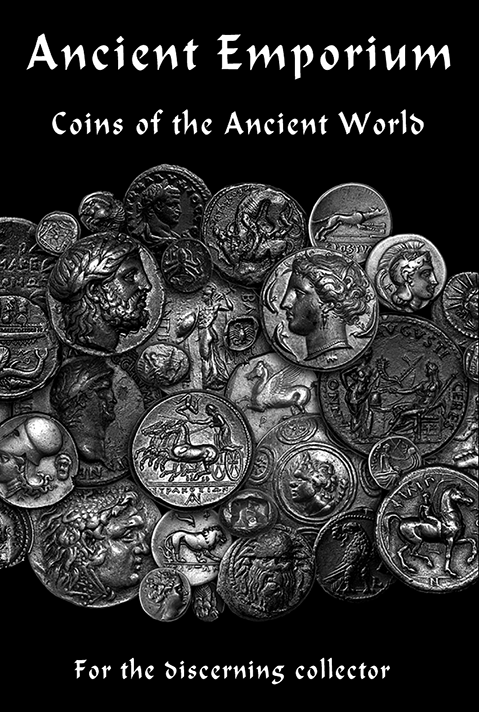Jerusalem’s well-known high-tech industrial zone is called ‘Har Hozvim’ (‘Quarrymen’s Hill’), but not everyone knows why. This week, prior to future development by the Moriah Jerusalem Development Corporation, Israel Antiquities Authority excavations provided evidence of the name’s true meaning with the discovery of a vast ancient quarry that apparently dates from the Second Temple period (some two thousand years ago).
 |
| Aerial view of the ancient quarry uncovered in Jerusalem at Har Hotzvim [Credit: IAA/Shai Halevi] |
The quarry, only part of which has been excavated, covers approximately 600 sq m but is probably at least two or three times as large. The massive building blocks extracted from it measured 1.5 x 2 m. The site provides a clear demonstration of all the phases of quarrying and stone preparation.
“The large-scale building projects in ancient Jerusalem, such as the Temple Mount, required a vast amount of building materials and the ability to organize and coordinate the quarrying and transportation of thousands of building blocks to the ancient city,” says Moran Hagbi, the excavation’s director on behalf of the Israel Antiquities Authority. “Building blocks in various stages of working were discovered in the quarry. For example, we uncovered large, square blocks of stone about to be detached from the bedrock, prior to loading and transporting them to the ancient city. For us as archaeologists, this quarry presents a golden opportunity; because some of the stones were left in situ in this way, we can copy ancient technologies and experiment with them in order to recreate the processes by which the building stones were quarried.”
Israel Antiquities Authority archaeologists and conservationists are now planning to try and recreate the ancient methods used to detach the stone blocks, as well as to test the effectiveness of methods described in ancient sources.
 |
| The ancient quarry uncovered in Jerusalem at Har Hotzvim [Credit: IAA/Shai Halevi] |
To accomplish this, they will be using reproductions of ancient tools found in previous excavations and prepared specifically for experimental purposes.
Previous excavations conducted by the Israel Antiquities Authority in northern Jerusalem have uncovered multiple building-stone quarries, as well as tools used to detach the stones from the quarry face. The quarries cover a vast swathe of land to the north of the Old City and are a truly unique phenomenon. Because of the region’s topography and the quality of the stone, they were the main source of building blocks for the monumental projects in Jerusalem in the Second Temple period and at other times in history.
According to Israel Antiquities Authority’s general director, Eli Eskozido, “In a symbolic way, Jerusalem’s current development boom presents us with an opportunity to excavate and research the great building projects in Jerusalem in antiquity. Before any development project begins in Jerusalem, our archaeologists are called upon to excavate and examine any ancient finds, for the sake of future generations.”
Source: Israel Antiquities Authority [September 05, 2021]



